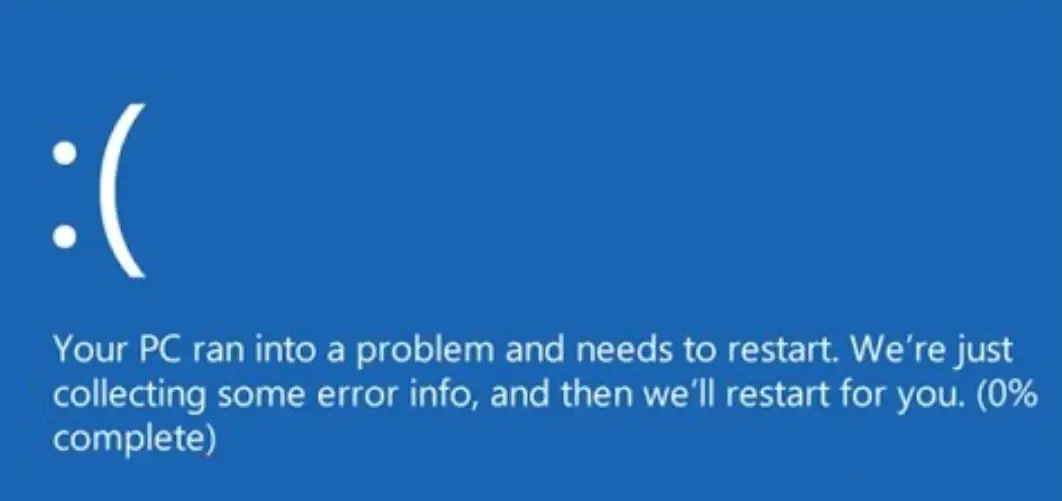If your Windows installation causes problems, troubleshooting is sometimes more complicated than expected. First of all, you should try to narrow the problem down as much as possible and investigate error messages and error codes closely.
The internet offers valuable help and should be the first point of contact. As a rule, you will find numerous tips and instructions for eliminating the problems for all blue screen error messages ( BSOD error codes ) and for problems with Windows updates. Here, too, on Windows FAQ you will find numerous help for several hundreds of error codes. The easiest way to find your solution is to use the search box at the top of this website.

Windows troubleshooting tools
But Windows already comes with numerous troubleshooting tools. If the error messages or the error image indicates the main memory (RAM), you should deal with the MSCHED command in detail. This allows you to check your Windows installation for memory problems and then replace the defective RAM module based on the results.
If the error messages refer more to the data carrier or the file system, the “StorDiag” tool is particularly recommended. This tool is also part of the Windows standard tool and is supplied with every Windows installation.
Windows Task Manager and Sysinternal Tools
Windows Task Manager can also be used to find information about problems or problematic software. Via the task manager you can view the running tasks, monitor the CPU utilization or collect further information and data in the areas of CPU, network, data carrier and RAM via the Windows resource monitor.
With the Microsoft Sysinternal Tools , other very useful tools are available that can be downloaded free of charge and can also help you to troubleshoot your Windows installation.
Microsoft diagnostic data
With Windows 10, Microsoft has also introduced internal functions for collecting Windows diagnostic data. We have already reported on this in detail and showed you how you can switch off the collection of Windows diagnostic and telemetry data and delete the collected data so that it is not transferred to Microsoft. As a rule, these collected Windows 10 diagnostic data will not help you with troubleshooting.
Service provider for hardware problems
If the problems with the Windows installation are more serious or if there are broken peripheral devices, such as printers and scanners , then often only the way through an external service provider is the solution. On the Internet you will find numerous service companies for all types of hardware products that will help you to troubleshoot or repair defective hardware at low cost.